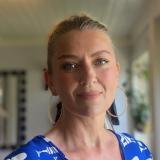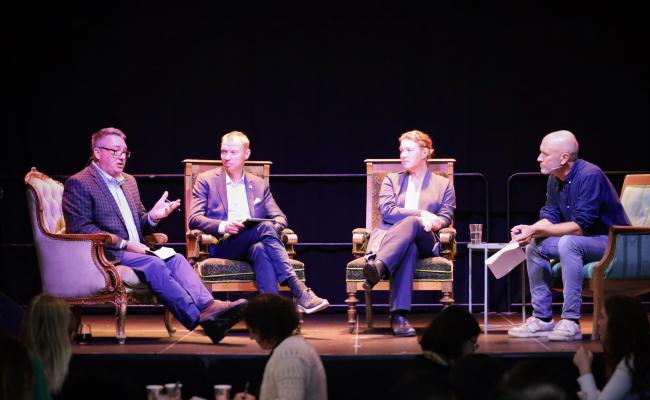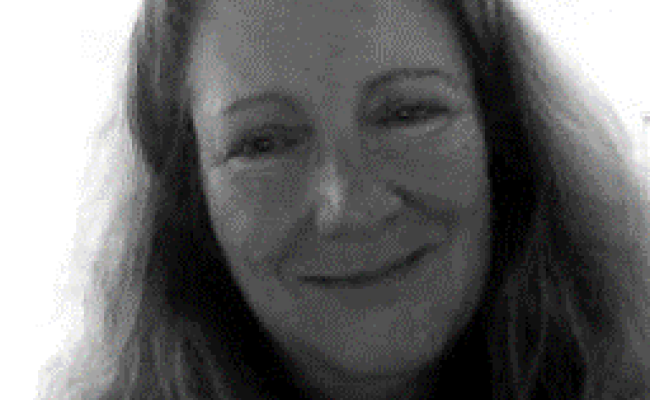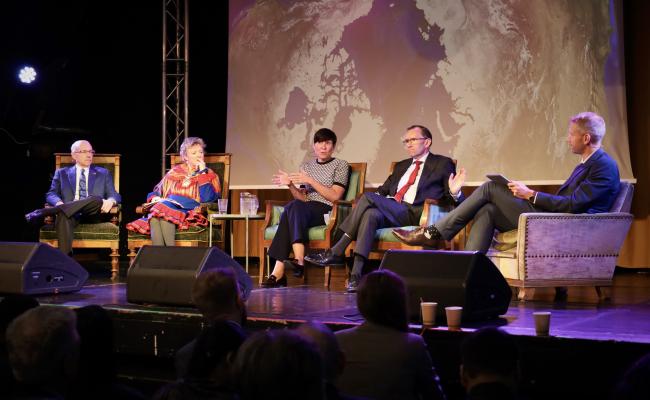Arctic Circle Assembly 2025: “The Arctic Council is Irreplaceable”
Gunn-Britt Retter, Head of the Arctic and Environmental Unit, Saami Council - a permanent participant of the Arctic Council, with Kenneth Høegh, Chair of the Senior Arctic Officials of the Arctic Council for the Kingdom of Denmark, on stage at the Arctic Circle Assembly 2025 in Reykjavik, Iceland. (Photo: Trine Jonassen)
Reykjavik (High North News): “Projects are being discussed, new activities are being initiated. The Arctic Council is still alive and very much kicking,” says Kenneth Høegh, Chair of the Senior Arctic Officials of the Arctic Council.
The firm statement is made from the Arctic Circle Assembly stage in Reykjavik. The new Chair of the Senior Arctic Officials of the Arctic Council for the Kingdom of Denmark, Kenneth Høegh, is here to reassure the world that the Arctic Council isn’t going anywhere.
An act that has somewhat become a tradition from this stage after Russia’s invasion of Ukraine in February 2022.
“It's true that we don't have political cooperation. We work on a diplomatic level, but it's very important to mention the working groups of the Arctic Council, which is the backbone and what makes the Arctic Council work”.
Restarted
After Russia’s invasion, the other seven Arctic states put all council work on hold until Norway was able to take over the chairship from Russia in what was called “a diplomatic work of art”.
After that, all contact was by writing, until last year when the council decided to restart the working group on a virtual level.
All six indigenous peoples organizations were able to meet
“I had the pleasure both this and last month of listening to the negotiations and the talks of the new working groups and I realized that things are happening, projects are being discussed, new activities are being initiated. It's still alive and kicking very much”, says Høegh, who was born and raised in Greenland.
In-person meetings
Gunn-Britt Retter, who is head of the Arctic and Environmental Unit for the Saami Council, is happy to share that the Arctic indigenous peoples are meeting in person, including Russia.
“The first in-person meeting after the restart when Norway took over the chairship, was with the permanent participants in October 2023, where all six indigenous peoples organizations were able to meet, including the Raipon (Russian Association of Indigenous Peoples of the North. Red. note), who came from the Russian side.”
The meeting was held in Kirkenes in the Norwegian Arctic, close to the Russian border.
Will continue to invite
“We were very happy to see that we were able to have that meeting. With the Kingdom of Denmark, we have continued to invite to this practice where the permanent participants, the indigenous peoples organizations, are meeting with the chairship. Unfortunately, some Raipon has participated online recently, but it's their choice and their opportunity,” says Retter.
Gunn-Britt Retter, Head of the Arctic and Environmental Unit, Saami Council during the Arctic Circle Assembly 2025. The Saami Council is a permanent participant of the Arctic Council. (Photo: Trine Jonassen)
Although Russia’s war in Ukraine is still raging, Retter says that the indigenous peoples' common culture and challenges bind them together.
“Our cultures as indigenous peoples and the challenges we are facing with climate and environmental change and pollution, bind us. Colonial history binds us. And our concerns for the future are binding us as indigenous peoples.”
Meeting the SAOs
It is not “business as usual”, but Grunn-Britt Retter is still happy that the dialogue is back.
“When we met, we were able to talk about the things that matter to us. That might be a naive approach, but I am happy that we can meet our brothers and sisters. Looking at the map, how vast the Russian region is, there are many indigenous peoples. I wish we could meet and speak freely, but we are focusing on the mandate of the Arctic Council, which is climate change, environment and sustainable development.”
Also, Høegh has had individual meetings with all senior Arctic officials this autumn, he informs, with the Russian SAO Vladislav Maslennikov meeting Høegh at the end of October.
Also read (the article continues)
“We had in-person consultations this autumn with all senior Arctic officials. As well as the permanent participants, we met with the working group’s chairs. This is all to align and move forward.”
Ten-year strategy
When the Arctic Council met in Reykjavik in 2021, it adopted a 10-year strategy largely focused on climate and environment. For the indigenous people living in the middle of climate change, this is perhaps more important than ever.
“The indigenous peoples are the first ones impacted by climate change. We have wildfires, greening, icing, thawing, all creating challenges and impacting our livelihoods directly,” says Gunn-Britt Retter.
In addition, she says that the indigenous community has to carry a double burden.
“Particularly in the Sami community, where the state is looking to our lands for solutions. We must carry green energy solutions on our land, seeking alternative energy mining for minerals, for batteries and wind turbines, and so on. In a time where we need more flexibility to adapt based on our indigenous knowledge, we are challenged with fragmented land and nature destruction while we are seeking solutions.”
We look at the challenges with a sharper lens
Separate the issues
However, she believes in compartmentalizing the challenges to deal with each one on its own instead of having it all under the climate change umbrella.
“We look at the challenges with a sharper lens by addressing wildfires as a disturbance and looking at the impacts and causes of the fires. And looking at the shift in fish stocks, we can look at the causes and the solutions for this without even mentioning climate change, but knowing that this is caused by that,” she explains.
But how can the council work to fulfill the strategy with no political contact?
“We still have the dialogue among the senior Arctic officials as diplomatic representatives of their governments. And it's important that we continue to push for more projects and activities within the Arctic Council to address the challenges and opportunities present,” says Kenneth Høegh.
Russia still in
Are we slowly but surely bringing Russia back into the warmth, even though the war is still raging?
“It's important to remember that we are still eight active states working together and six permanent participants. We are still in difficult times; there's no doubt about that. It's not business as usual, but we try in the best possible way to make the council work as good as possible,” Høegh answers.
About the Arctic Council
The Arctic Council is the leading intergovernmental forum promoting cooperation, coordination and interaction among the Arctic States, Arctic Indigenous Peoples and other Arctic inhabitants on common Arctic issues, in particular on issues of sustainable development and environmental protection in the Arctic.
It was formally established in 1996.
All Arctic Council decisions and statements require consensus of the eight Arctic States.
On the question of whether there are going to be opportunities for more observers to join the council, the Arctic Council chair says that the council is waiting for better times to make those decisions.
Keep them inside
For Retter, the philosophy is that it is better to keep interested parties on the inside.
“The Sami Council's approach has always been that when there are a lot of new observer applications, it's better to have them on the inside talking with us than hanging out somewhere else creating plans that we don't know of.”
She adds that it is important for the indigenous organizations in the Arctic Council to have this arena with a permanent seat to be part of the discussions.
“Observers might not invite us to their fora if other fora were created. So, the Arctic Council is therefore very important for us in the work with observers.”
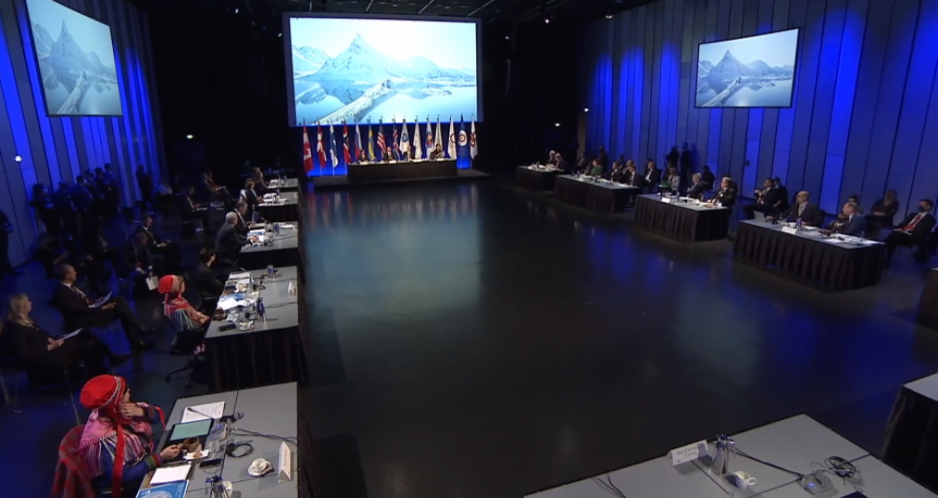
The Arctic Council Ministerial meeting 2021 took place in Reykjavik, Iceland. (Photo: Screenshot).
What is in the future?
When Høegh and Retter are asked to share where they think the Arctic Council will be in five years, they are positive about the future, despite the war.
“I have to remain positive and wishful that we will still be alive and kicking and producing,” Retter says.
“The Arctic Council is irreplaceable,” Høegh states.
“It's a unique thing, and there's no structure like the Arctic Council where states and indigenous peoples sit around the same table discussing issues. The Arctic Council will be and is resilient. We will still see cooperation in 10 years' time, and we will still have this continuous talk among all parties. We have a responsibility to the people of the Arctic and the generations that follow afterwards to continue this extremely important cooperation."
"We have to work together on this common ecosystem, societies and communities to make this region thrive.”

